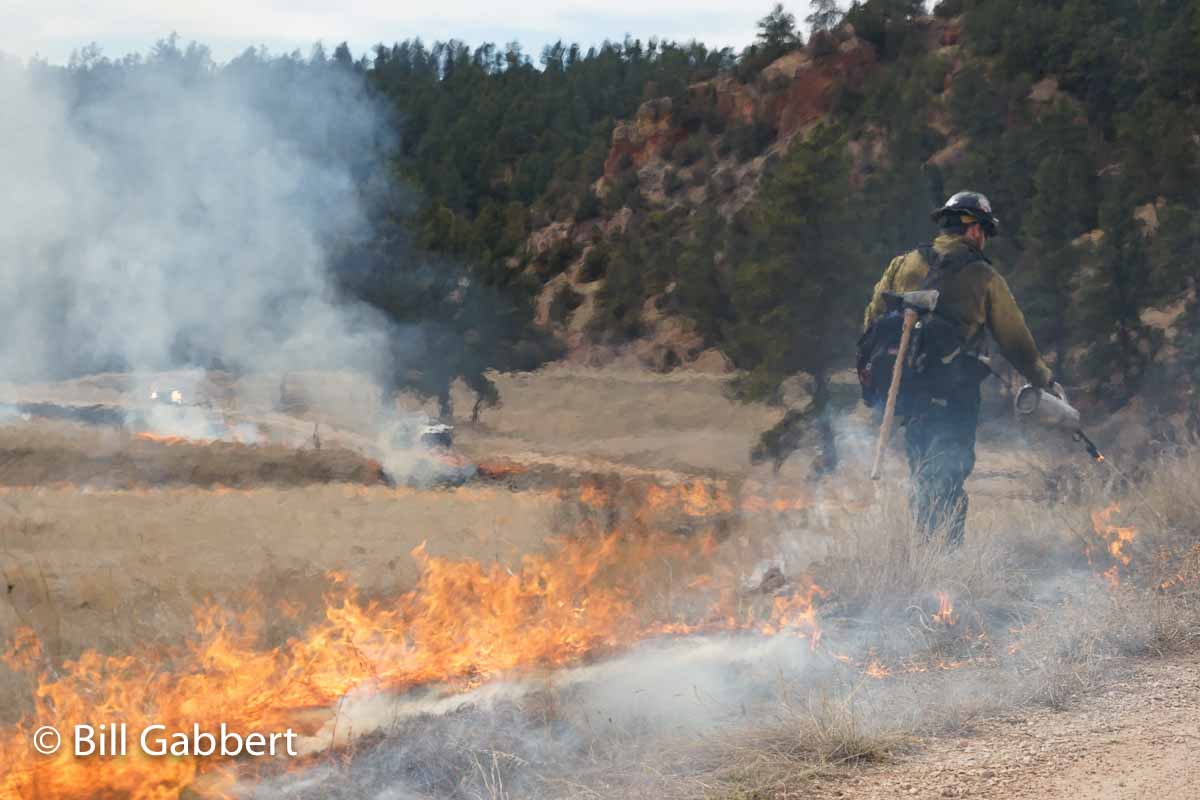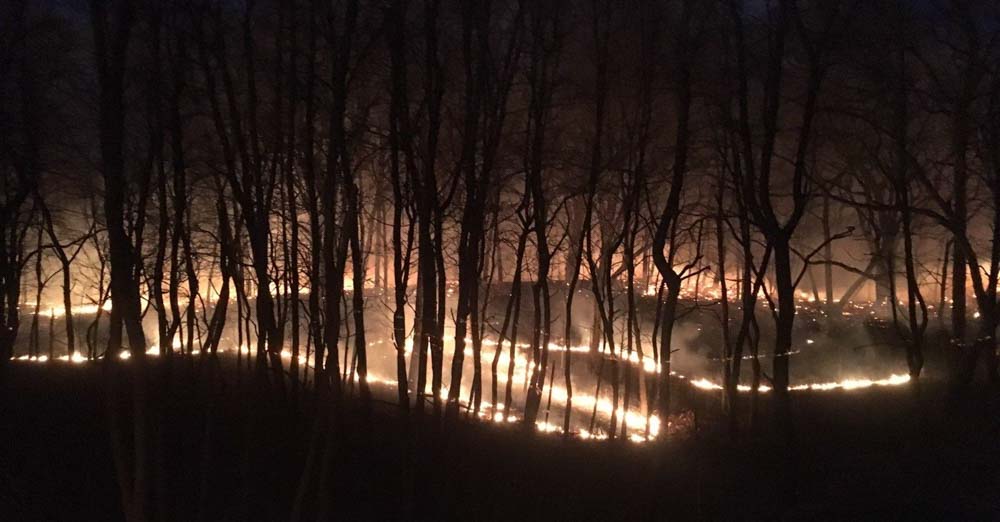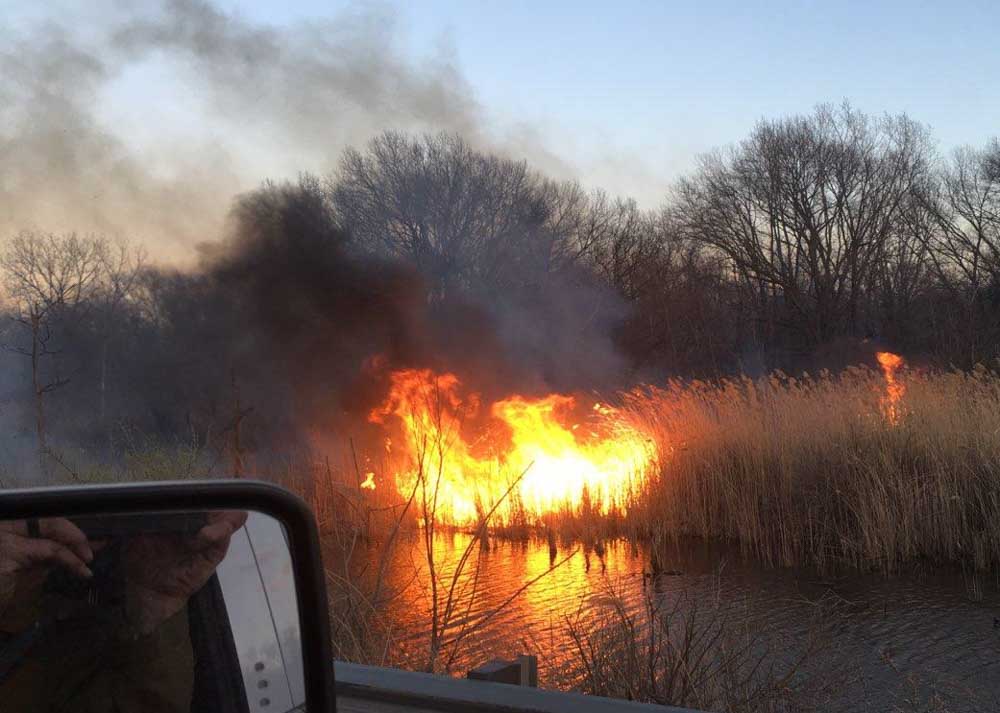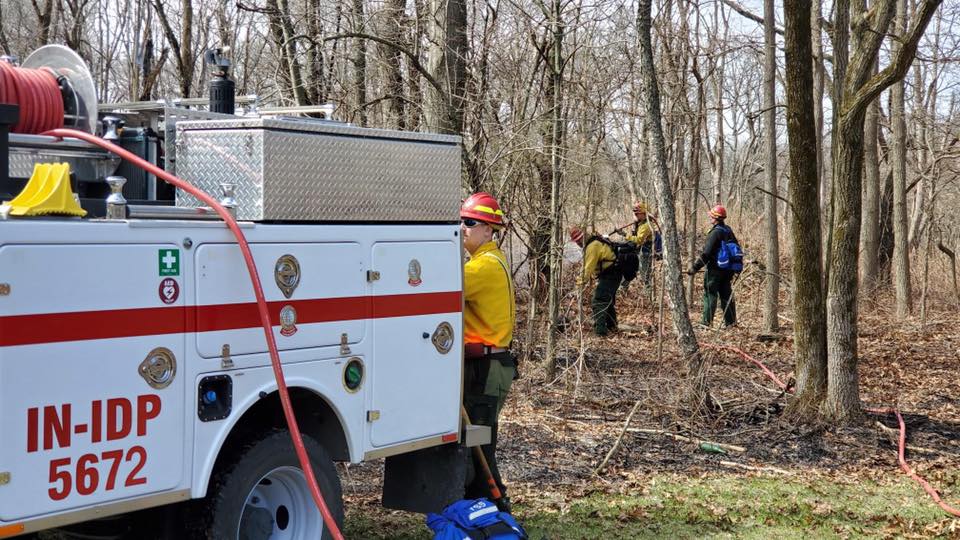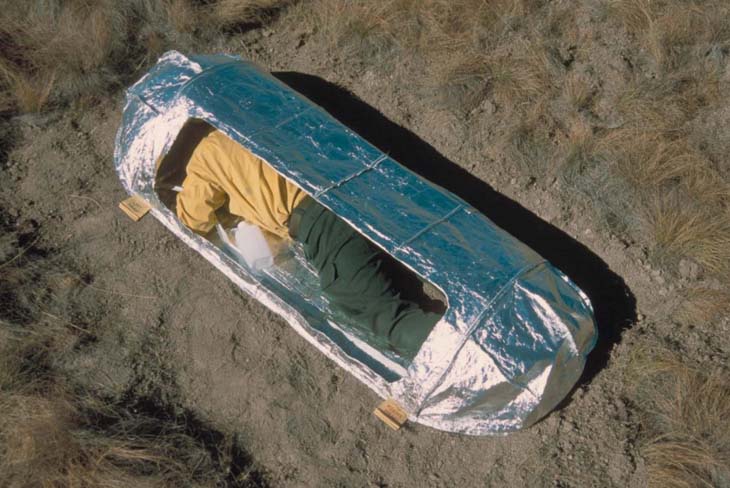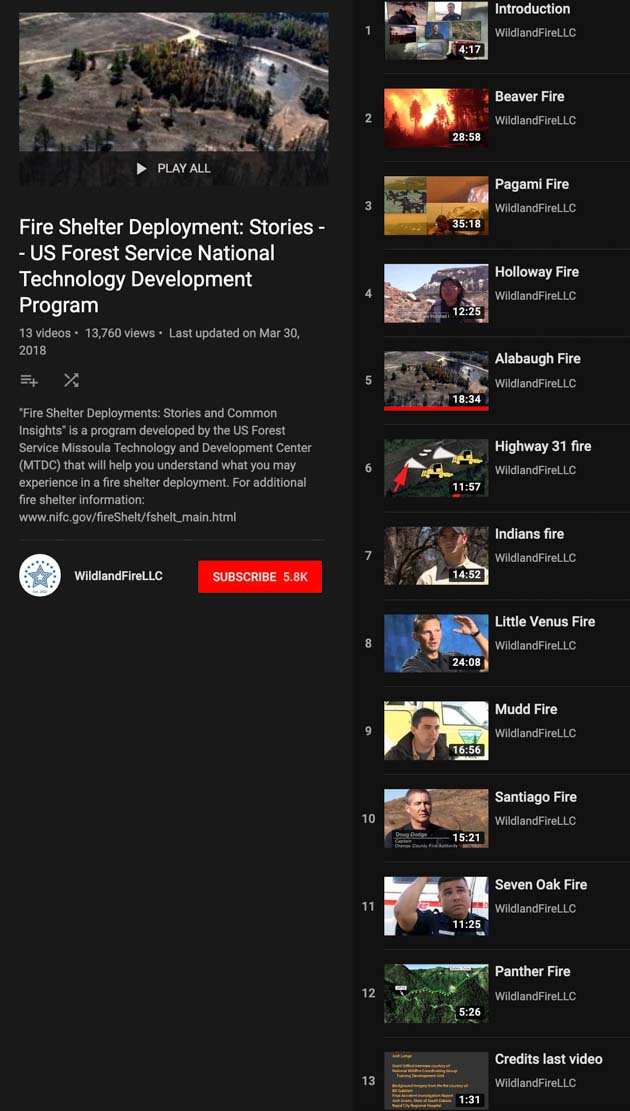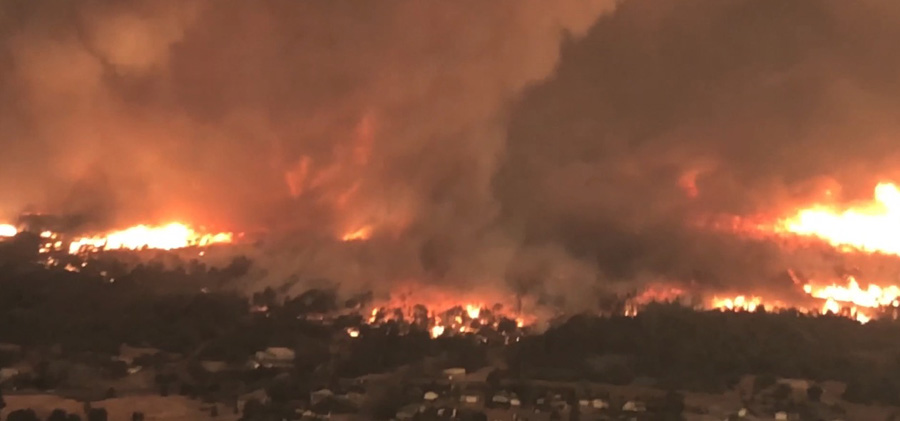
The National Park Service has released an After Action Review (AAR) for the Carr Fire that burned into Redding, California in July, 2018. Ignited by the mechanical failure of a travel trailer, it started within the Whiskeytown–Shasta–Trinity National Recreation Area (WHIS) on National Park Service-administered lands. The fire covered 229,651 acres, destroyed 1,077 homes, and killed 3 firefighters and 5 civilians. Many of the burned structures were in Redding. It became the 7th largest fire in California recorded history.
The decision to conduct a very brief one-day AAR administered by two facilitators for this very large, complex, and deadly fire rather than a conventional-months long investigation was an interesting choice. The reason given, “Unfortunately, incidents of this complexity are becoming more of the norm than the exception, and there is not a realistic capacity within the Service for each qualifying incident to receive the traditional level of review and analysis.”
No names were used in the report and the process was designed to be non-punitive. The goal was to identify issues, successes, and recommendations in planning, operations, administration, or management which could be addressed at the local, regional, or national level to improve future incident management.
The report uses dozens of acronyms, very few of them defined, which may not be familiar to the casual reader. A glossary would have been helpful, or defining the acronym the first time they were used.
You can download the entire 20-page report. All of the recommendations from the AAR are listed below:
- All wildland fire management units are encouraged to develop a roster of high-quality, relief duty officers from their interagency organizations as part of their pre-season fire preparedness planning.
- Initiate stakeholder engagement early on all incidents that demonstrate a likelihood to impact multiple jurisdictions. Early, forthright, open dialogue is critical, and was cited on this incident with contributing to the success of the IMTs response to multiple firefighter fatalities and incidents within the incident. Consistency of personnel within unified command representation has value and is a best practice worth striving for.
- Participation in the cost-share agreement is not a mandatory prerequisite to joining a delegation of authority or leader’s intent letter to an incident management team (IMT). All primary landowners with values at risk in the fire planning area should receive consideration for inclusion in the decision making process. The transfer of DPA among federal agencies is intended to provide efficiency in fire response, but is not intended to replace agency administration on complex, long-duration incidents.
- A future topic for discussion within the California Wildland Fire Coordinating Group (CWCG) should be the subject of agency DPA versus agency ownership and how that relates to agency administration, agency representation, delegations of authority, and ultimately unified command. When feasible, a single federal IC should be delegated authority to represent all of the affected federal agencies in unified command.
- The Wildland Fire Decision Support System (WFDSS) needs to be reviewed annually at the unit level to ensure that management requirements and strategic objectives are current and applicable. Consideration should be given to ordering fire behavior analysts (FBAN), long-term analysts (LTAN), and strategic operational planners (SOPL) to help supplement the planning section within any IMT. These positions need to be well integrated with the IMT, and can assist with communicating the long-term plan for an incident to stakeholders and the public alike. The SOPL position, in particular, can be a highly effective position in bridging any gaps or inconsistencies between the agency administrator leader’s intent and operations on the fire.
- Continue to use the right IMT for the job based on the primary responsibility area, relative risk, and anticipated complexity of an incident. The Organizational Assessment and Relative Risk modules within WFDSS and the Indicators of Incident Complexity located within the IRPG are standardized resources to help objectively determine incident complexity. Complexity and risk assessments, as well as any changes, should be documented by ICs. The CWCG should further address the issue of IMT utilization in complex multi-jurisdictional areas to help ensure efficiency of wildfire engagement statewide.
- The NPS All-Hazard team and CAL FIRE providing employee support services (ESS) were both considered successes and other units being severely impacted by an event of this magnitude should consider doing the same. Ensure that any IMTs operating within proximity of each other are in strong communication through daily IC calls or meetings to avoid any duplication of effort or confusion to the extent possible in an already chaotic environment.
- Expectations of the reassignment of resources needs to be communicated to the GACC early on to decrease administrative paperwork and the chasing down of resources out in the field. Local government fire engines that already have some agreement with a federal agency should be mobilized on that agreement first in preference over the secondary mobilization option provided by the Farm Bill. A mechanism for states to pay for Farm Bill engines would represent an efficiency gain.
- There is an opportunity for the CWCG to include direction on fatality response in the CFMA during the next revision. The California Fire Assistance Agreement (CFAA) covers California local government fire response and also needs to include adequate direction on incident fatality response.
- Efficiencies need to be built into the dispatch system in regards to contract resources that allow for contract resources to be reassigned by the GACC based upon location, availability, and incident need, and to not cycle back into the Virtual Incident Procurement (VIPR) system for reassignment.
- In lieu of an established lend-lease program, GACCs, ICs, unit fire program managers, and duty officers, are encouraged to continue strong daily communication to solve short-term resource shortage issues and address immediate life safety threats posed by rapidly escalating incidents. Resource accountability is especially challenging in these situations and must be stressed among the coordinating entities.
- Agencies need to continue to recognize they have differing policies and objectives. Long-term planning tools, including those available in WFDSS, should be utilized by SOPLs and LTANs and communicated to the unified IC for the respective agency. This unified IC would advocate to incorporate WFDSS and PACE modeling into the long-term strategic decision making process during the incident.
- A pre-season SOP be developed that articulates that only one incident number be generated corresponding to the jurisdiction of the point of origin of the fire. This is would be incorporated into the LOP/Local AOP which is tiered under the CFMA.
- It was agreed that the standard procedure should continue having PIO representation from each participating agency. The need for a joint information center should be evaluated on a case-by-case basis on all complex, multi-jurisdictional incidents.
- Expanded discussions with FIRESCOPE and the county sheriffs within California to address consistency of evacuation procedures and communications between the 58 county law enforcement entities across California.
- A standard SOP should be implemented, whereby only one incident number is generated according to the ownership of the origin point of the fire. This standard would be incorporated into the LOP/Local AOP which is tiered under the CFMA. This will result in clearer communication and understanding of resources ordered by the fire and from a single dispatch ordering point. In cases where a secondary incident must be created for any reason it must be correctly nested under the parent incident in ROSS and IROC to ensure proper resource statusing and accountability. Incident ownership can be transferred within these systems and should be done as early as possible if need be. Additionally, evaluate and determine best fire management dispatching practices and options for the WHIS program in light of the incident (state vs. federal). Include scenarios revolving around complex DPA and jurisdictional boundary issues in pre-season preparedness planning. Practice how this might look in terms of incident number, accounting information, single ordering point, agency administrator roles, unified command, cost share, and resource statusing and accountability.
- Continue early engagement with partners when cost share is anticipated to efficiently come to consensus about cost apportionment early in the incident.
- Move forward with the NPS hiring of positions to implement the interagency BAER plan.
- Start contracting process early and coordinate use of equipment and resources.

